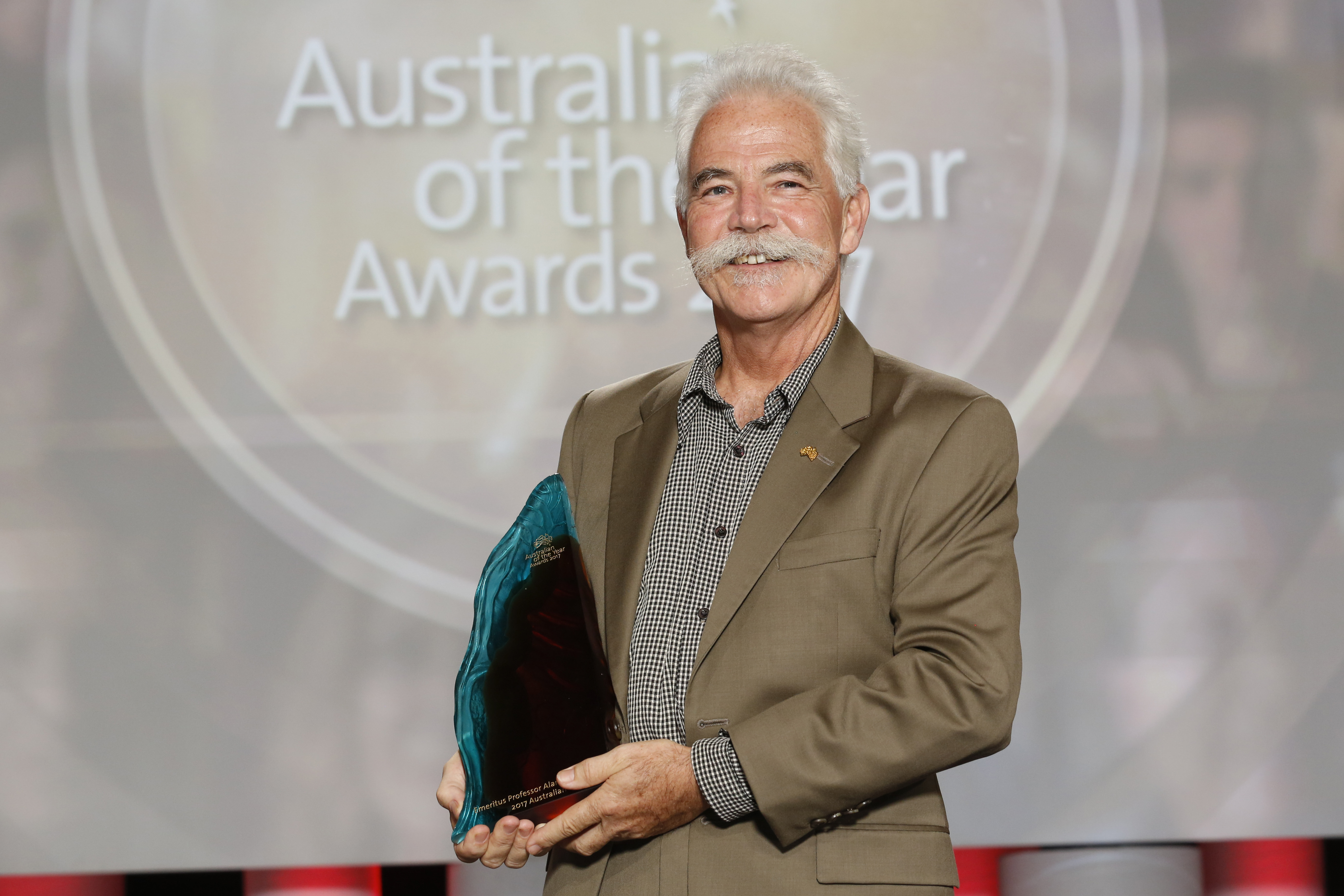Mackay-Sim, Alan (1951-…), is an Australian biologist . He is known for his research on stem cells and the regeneration (regrowth) and repair of the nervous system . Stem cells are cells with the ability to develop into any of the different cell types that make up the body’s tissues and organs. Mackay-Sim’s research has important applications in the treatment of paralysis (the loss of the ability to move) and of diseases that affect the nervous system.

Mackay-Sim developed techniques that involve taking cells from the olfactory nerve and injecting them into a patient’s spinal cord. The olfactory nerve, in the head, conveys sensory information about smell from the nose to the brain. Nerve cells in the spinal cord and brain cannot regrow, and so their destruction generally results in permanent paralysis. When injected into the spinal cord, olfactory cells stimulate damaged nerve cells to regrow and join together, potentially repairing the injury. Beginning in 2002, Mackay-Sim performed the first surgeries using this technique to treat paralyzed patients. The surgeries did not grant his patients mobility, but they did show that the procedure is both possible and safe to perform.
Mackay-Sim’s research paved the way for groundbreaking medical treatments. In 2014, European surgeons implanted olfactory cells into the spinal cord of a man who could not walk due to a spinal cord injury. The patient recovered the ability to walk with assistance. This operation marked the first time doctors were able to restore movement to a patient after the complete severing of the spinal nerves.
Mackay-Sim was born on May 16, 1951, in Wahroonga, New South Wales, a suburb of Sydney. He grew up in Roseville. He graduated from Macquarie University in 1974, and earned his Ph.D. in behavioral biology there in 1980. After working in the United States and the University of Sydney and University of Adelaide in Australia, he took a position at Griffith University in Queensland in 1987. In 2017, Mackay-Sim was named Australian of the Year in recognition of his research.
